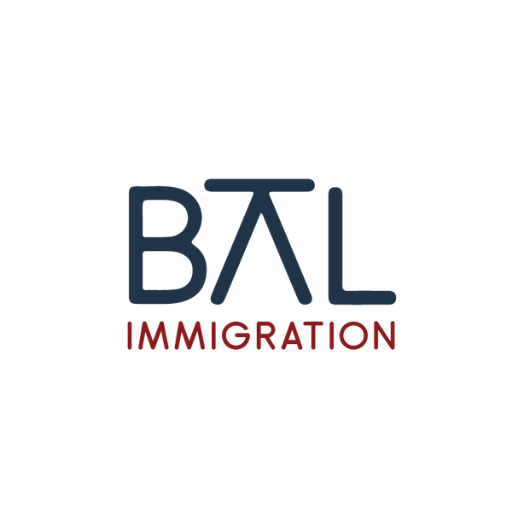Overview
Canada launched the Federal Skilled Worker Program (FSWP) in the year 1967. It was done to select immigrants from across the world. Before the introduction of the FSWP, Canada used to select skilled worker immigrants subjectively. It was based on the discretion of the individual immigration officers who would take a judgment call on whether they expected a particular candidate could integrate with the Canadian job market.
The government realized that this old approach had been problematic and hence it introduced the world’s first point-based system to select its immigrants. No longer would the Canadian government use the subjective criteria. Rather, it decided to use the objective criteria to evaluate all the candidates in the same way. The evaluation is based on the candidate’s age, education, work experience, language skills, occupation, and other factors.
Benefits of the FSWP
Presently, the FSWP is managed via the Express Entry application management system. Under the Express Entry, Canada expects to welcome more than 110,000 immigrants by the end of 2024. Most of the successful Express Entry candidates immigrate to Canada via the FSWP. Research conducted by the Canadian government reflects that FSWP immigrants go on to have a successful and rewarding careers in Canada when they go through a good immigration consultancybin Canada.
Additionally, pursuing immigration via the FSWP is advantageous as one can gain permanent residence only within six months stay, as compared to the longer processing times for the other skilled worker programs in Canada.
Eligibility Criteria
To be eligible to apply for the Federal Skilled Worker Program, the potential candidates should meet the minimum criteria for language ability, work, and education and have at least 67 points in the program’s 100-point grid.
The immigration process for the FSWP:
Canada makes use of the Express Entry application management system for their three skilled worker programs the FSWP and two others. If an individual has not lived in Canada before and is not a skilled trades professional, the FSWP would be the best Express Entry option. First, one needs to verify if they are eligible under the FSWP’s criteria. Next, they need to submit an Express Entry profile. They would receive a Comprehensive Ranking System (CRS) score based on several factors like age, language skills, education, and work experience. Generally every two weeks, the Canadian government conducts Express Entry draws and invites the candidates with the highest CRS scores to opt for permanent residence. After submitting the completed application, the candidate can expect to receive a permanent residence status in six months and then move on to Canada.
Connect with the best immigration consultant services in Canada
BAL Immigration provides the best immigration services in Canada. As a veteran Canadian express entry immigration consultancy firm, we understand the complexity and detailing surrounding your immigration application journey. With our 15+ years of experience, we can ensure you a smooth, hassle-free, and successful settlement in Canada. Get a step-by-step guide on how to pursue immigration to Canada through the FSWP:
- Step 1: Find out whether you meet the FSWP’s eligibility criteria. BAL Immigration has a free eligibility assessment service available at its center.
- Step 2: Submit the Express Entry profile on the website of Immigration, Refugees, and Citizenship Canada (IRCC).
- Step 3: Check if you get an Invitation to Apply (ITA) for PR (permanent residence). IRCC conducts Express Entry draws almost every two weeks.
- Step 4: If you get an ITA, you go ahead to submit the completed permanent residence application to IRCC. Now the individual can move to Canada after IRCC completes the processing of the application.
Connect with our Immigration advisory in Canada and get set for a rewarding career.

